
Projeto Caatinga Cumarú descrição botânica
March 1, 2021 Dipteryx spp. genus The Dipteryx spp. genus is a part of the Fabaceae family. Other names for the species Cumaru include Brazilian teak, tonka, tonka bean, southern chestnut, Brazilian chestnut, almendrillo, ebo, champanha, sarrapia, gaiac de cayenne, and others. This genus of trees grows primarily in northern South America. USES
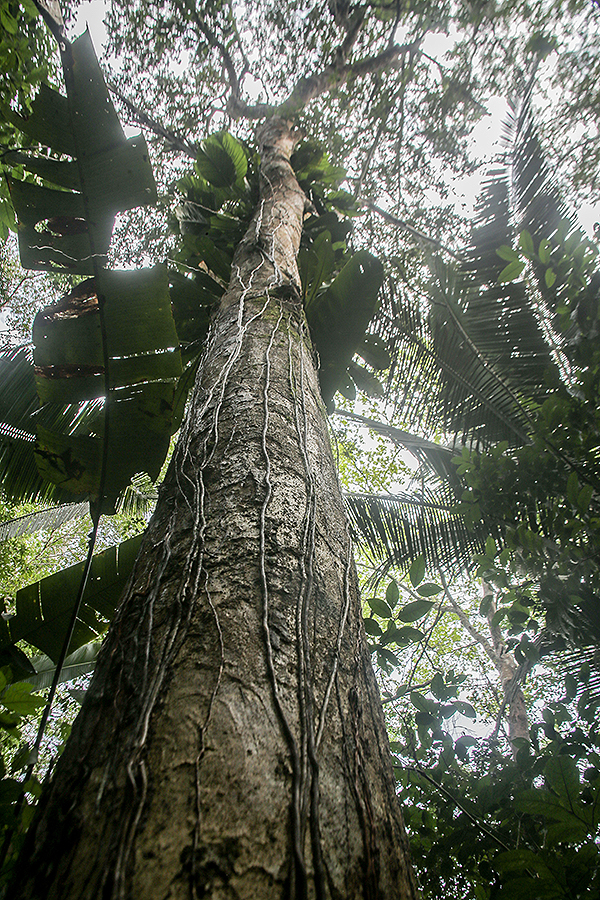
Cultivo de cumaru une conservação e desenvolvimento na Amazônia CicloVivo
Cumaru timber is a sustainable material because of the cumaru trees' carbon sequestration potential and the carbon offset value at the end of any products made with cumaru wood. It is important to note that the rampant illegal logging and unsustainable practices in rainforests where cumaru trees grow natively have a very high environmental cost.
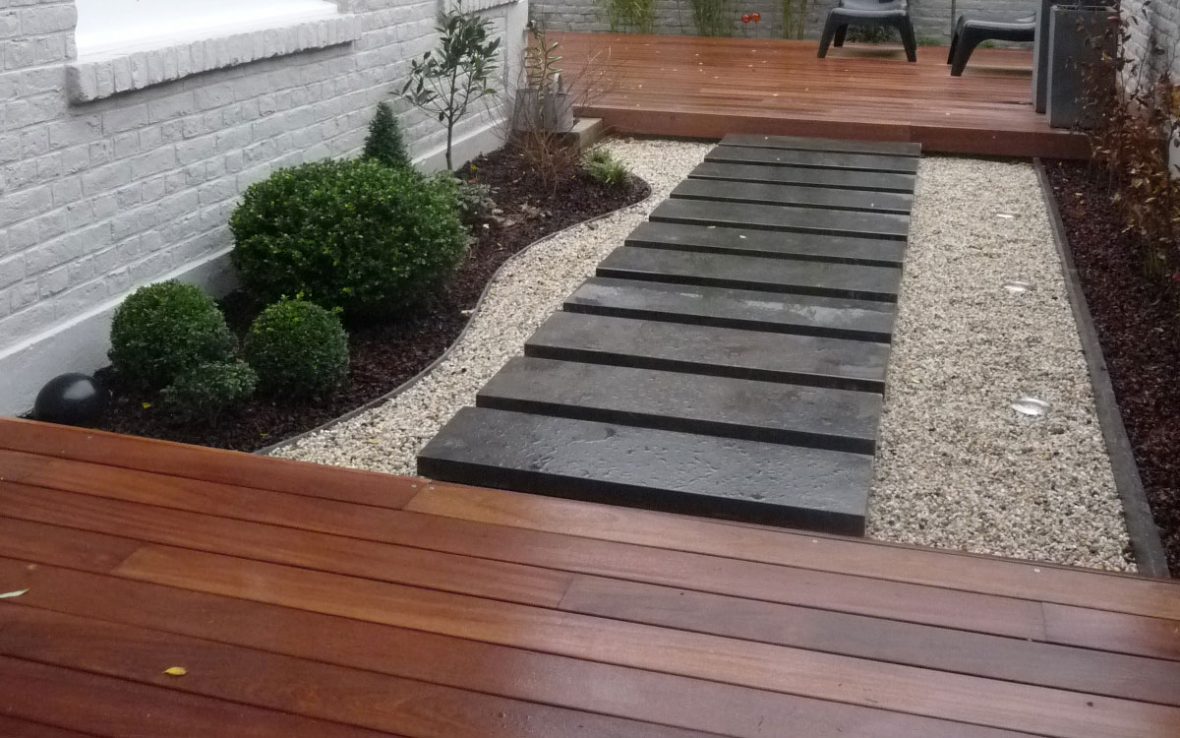
Le cumaru, un bois exotique pour une terrasse Bois exotique
Cumaru is a large rainforest tree that grows up to 30 m in height in the Amazon. It can be found in the tropical rainforests of Brazil, Venuezuela, Guyana, French Guiana, Suriname, Peru and Colombia. It produces a gray to black seed or bean that is 2-5 cm long and about 1 cm in diameter that are commonly called "tonka beans."
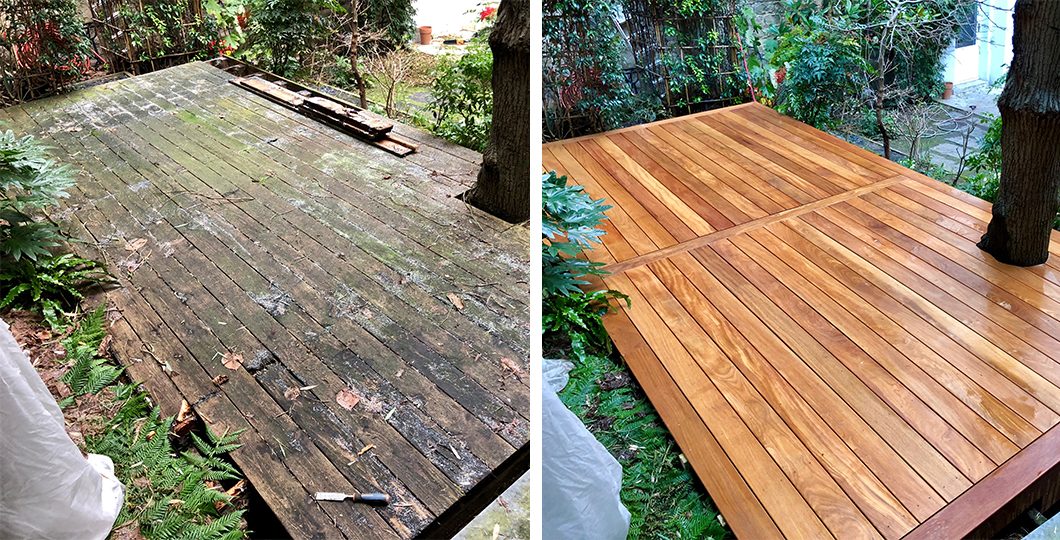
Cumaru Présentation de cette essence de bois exotique
Cumaru wood, also known as Brazilian teak or Tonka bean, is popular due to its durability, hardness, aesthetics, and stability, making it an excellent choice for various projects. Mainly, it is popular for making high-quality decking and furniture. Cumaru heartwood ranges from light brown to dark brown.

Cumaru Uma árvore medicinal Instituto Soka Amazônia
Cumaru would also have a "Class A" Fire rating. This means it has a similar level of fire resistance properties as that of steel and concrete. The natural resistance to decay and damage is a major pro, making cumaru wood a top pick for decking wood. Another pro is that cumaru wood is more affordable than other types of wood.

Cumaru Ash Pure,Clean and dry ash for blending your own Rapé/Snuff
Cumaru is also called by the name Tonka Bean, and the tree is commonly cultivated for its vanilla-cinnamon scented seed the tonka bean which contains a chemical compound called coumarin. Cumaru lumber is extremely stiff, strong, and hard, lending itself well to a variety of applications. It is sometimes used in place of the much more scarce.

PlantFiles Pictures Tonka Bean, Cumarú de Cheiro (Dipteryx odorata), 1
Scientific Name: Dipteryx odorata Distribution: Northern South America Tree Size: 130-160 ft (40-50 m) tall, 3-5 ft (1-1.5 m) trunk diameter Average Dried Weight: 68 lbs/ft 3 (1,085 kg/m 3) Specific Gravity (Basic, 12% MC): .86, 1.09 Janka Hardness: 3,330 lb f (14,800 N) Modulus of Rupture: 25,390 lb f /in 2 (175.1 MPa)
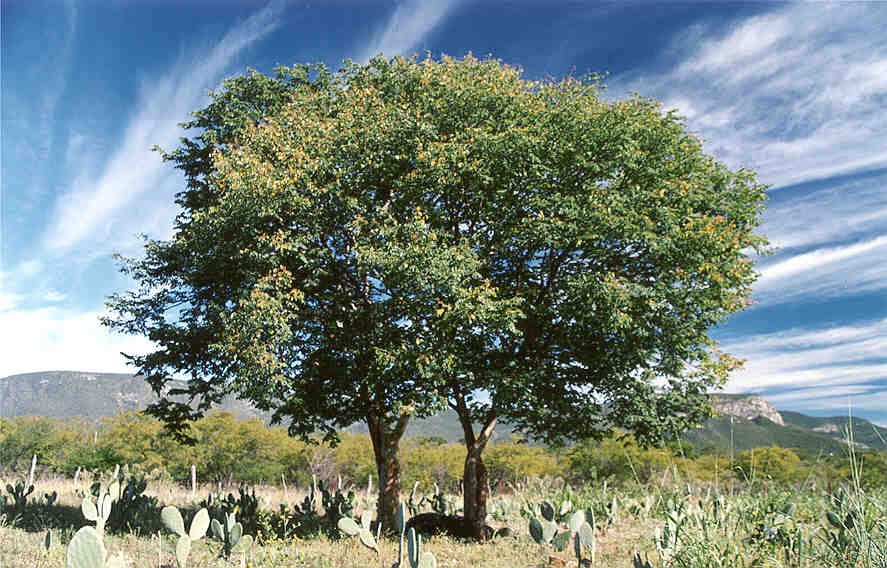
Substância contra Alzheimer é descoberta em planta do Pará Cumaru Só
D. odorata, commonly known as cumaru, is a hardwood tree found in northern South America and parts of Central America. Its most commonly used name, cumaru, comes from indigenous people in the region. Seeds of D. odorata are known as tonka beans, also from local languages, and are sometimes used as a food additive and substitute for vanilla.
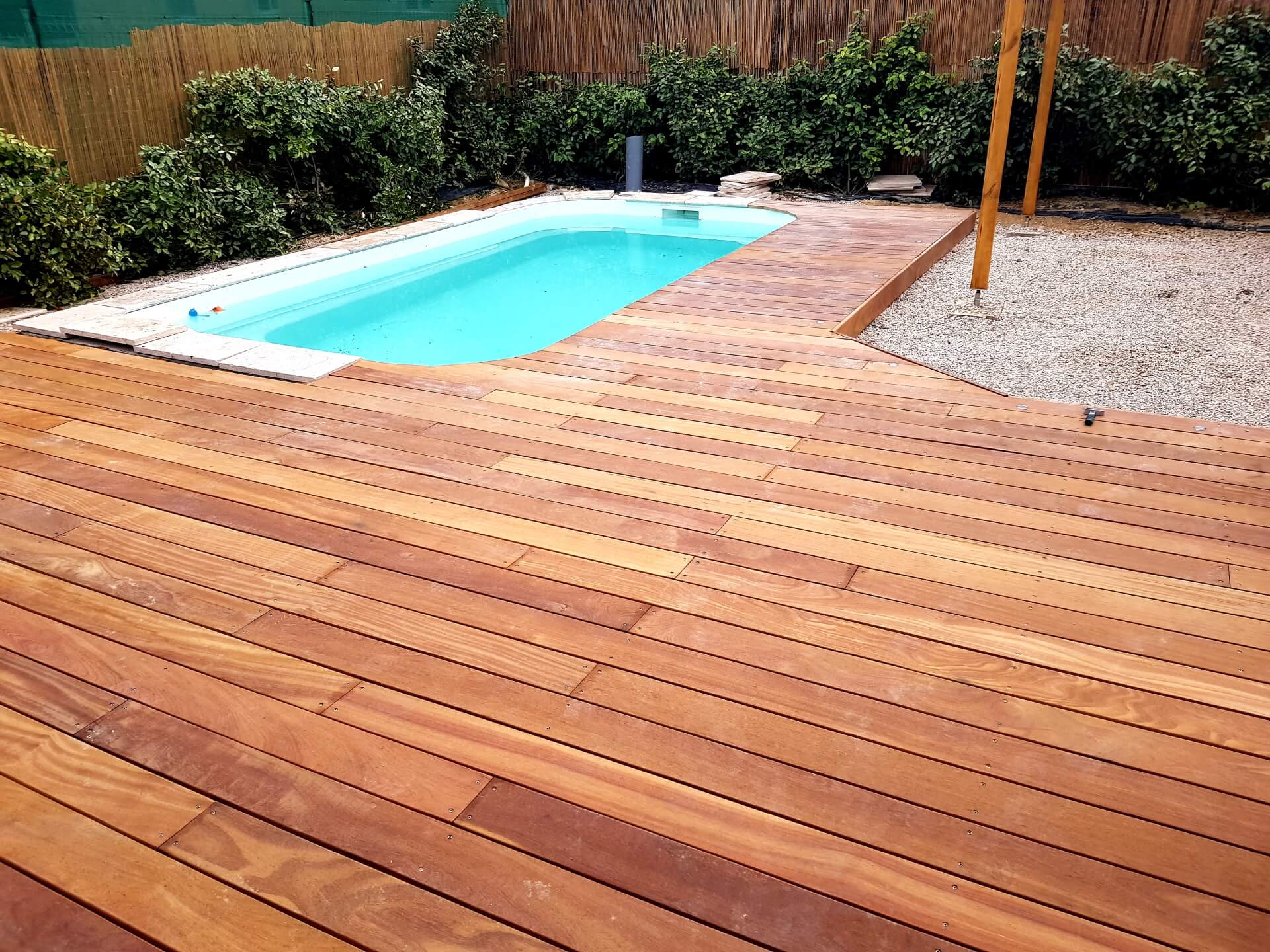
Qu'est ce que le cumaru ? Sud Bois Terrasse, Bois Direct Scierie
Cumaru wood is relatively stable, meaning it is less likely to shrink or expand with changes in temperature and humidity. This makes it a good choice for projects that require consistent dimensions and minimal movement. Cumaru wood is a sustainable and eco-friendly option, as it is harvested from managed forests.

Cumaru Uma árvore medicinal Instituto Soka Amazônia
Cumaru is a great alternative for wood workers and deck builders because of the similarities to Ipe and Teak but a much lower cost. To find out more information on Cumaru, visit us at AdvantageLumber.com or give us a call at 1-877-232-3915. Brazilian Teak aka Cumaru - Ipe's Little Brother Grows Up!
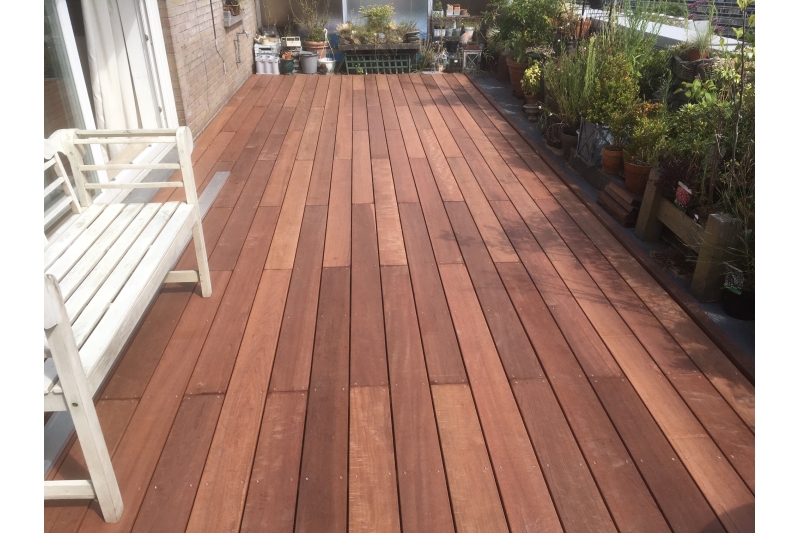
Terrasse cumaru rouge 21*145 ( grandes longueurs ) bois exotique pour
Cumaru is a great choice for decking and porch flooring when looking for an Ipe-alternative. Due to its beautiful graining and varied appearance Cumaru is often referred to as Brazilian Teak. Cumaru Appearance Benefits. Cumaru lumber is extremely stiff strong and hard lending itself well to a variety of applications.

Arbre De Terrasse Cumaru Présentation de cette essence de bois exotique
Dipteryx odorata. Dipteryx odorata est une espèce de plantes dicotylédones de la famille des Fabaceae (Leguminosae), sous-famille des Faboideae, originaire d'Amérique du Sud.Ce sont de grands arbres exploités et cultivés tant pour leur bois (commercialisé sous le nom de cumaru), que pour leurs graines aromatiques (fèves de Tonka).
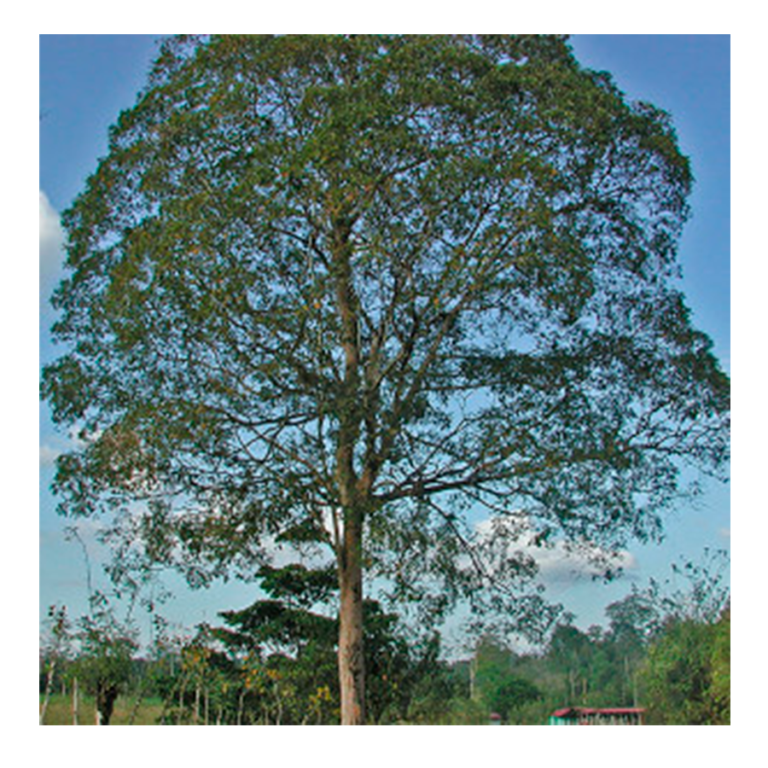
Notícias Você conhece a Madeira Cumaru? Grupo Indusparquet Grupo
Cumaru is similar to Ipe decking costs, which Home Advisor suggests is about $4 and $8 per linear foot. Premium Cumaru, though, will range between $4 and $12 per linear foot when purchased at a lumber yard. This means that an average deck size of 150 square feet (10 x 15) will cost you between $4,000 and $9,500, with all materials and labor.

Cumaru Amburana cearensis Projeto Verde
Cumaru. Cumaru or Brazilian Teak is golden brown in color. It is extremely stiff, strong, hard and highly durable and can be an excellent substitute for Ipe for decking due to superb durability and weathering properties. It can be difficult to work due to its density and interlocked grain. This species is not listed in the CITES Appendices, and.
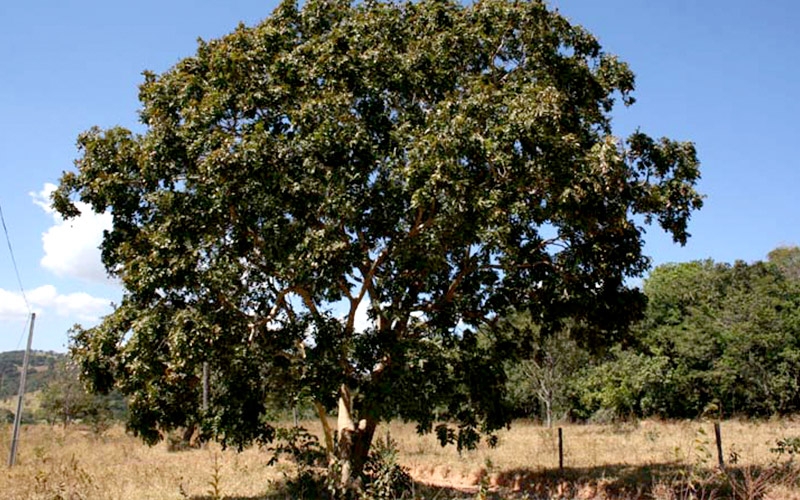
Sementes de Cumaru (Dipteryx alata Vogel.) Sementes Arbocenter
With the ability to resist everything Mother Nature can throw at it, it's no wonder Cumaru is the species of choice for the boardwalk industry and other commercial projects where heavy dimensions and large volumes of single lengths or FSC certification is required. A South American hardwood species recognized for its incredible strength and.

Cumaru (Dipteryx Odorata) TERAWOOD
Cumaru, une essence de bois exotique très appréciée ! Un article Nature Bois Concept Description de l'aspect du bois Cumaru Couleur de référence : Brun jaune à brun rouge avec de fines veines sombres Grain du bois : Moyen Fil : Veinage du bois prononcé